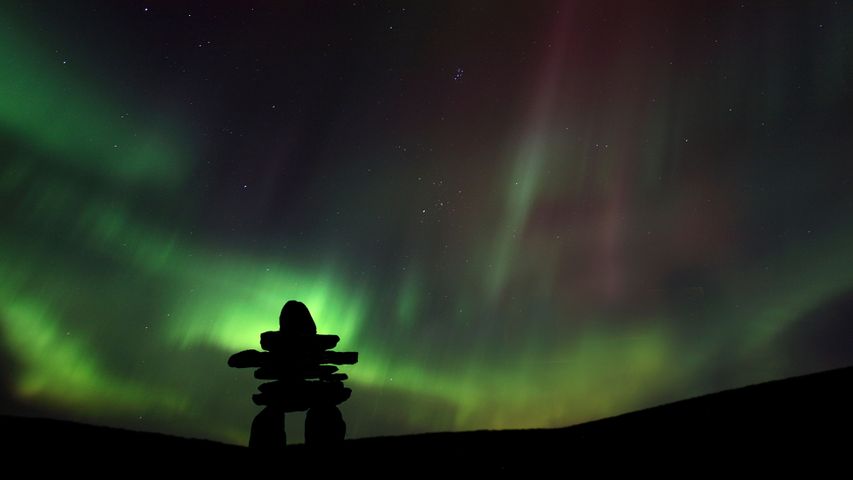Lantignié in the Beaujolais region of France
© Jon Arnold/Danita Delimon
It's Beaujolais Nouveau Day!. Le Beaujolais Nouveau est arrivé!
'Bring us some fresh wine! The freshest you've got - this year! No more of this old stuff.' Steve Martin was joking when his character in The Jerk asked for fresh wine - or could he have been talking about Beaujolais Nouveau? The red wine, produced in France’s Beaujolais region, is fermented for just a few weeks and doesn’t need to be aged in barrels before it's sold, from the third Thursday of every November. It’s a light-bodied red wine, with relatively high amounts of acidity. South of Burgundy, the Beaujolais region has a relatively warm climate so Cabernet Sauvignon, Pinot Noir and other famous French grapes don't grow well there. But the fruity grape variety Gamay grows vigorously in Beaujolais and is used to make Beaujolais Nouveau.
Beaujolais Nouveau hit a peak of global popularity in the 1980s when it was heavily marketed. But there was a bit of a backlash against it in the 90s and early 2000s. In 2001, more than a million cases of French wine, most of it Beaujolais Nouveau, were destroyed or distilled into hard spirits due to overproduction, shoddy winemaking and poor sales. (It couldn't be stockpiled because the wine doesn't age well due to a lack of tannins and should be drunk within six months.) More recently, supply and demand have evened out and its release is celebrated with parties and festivals.
Related Images
Bing Today Images
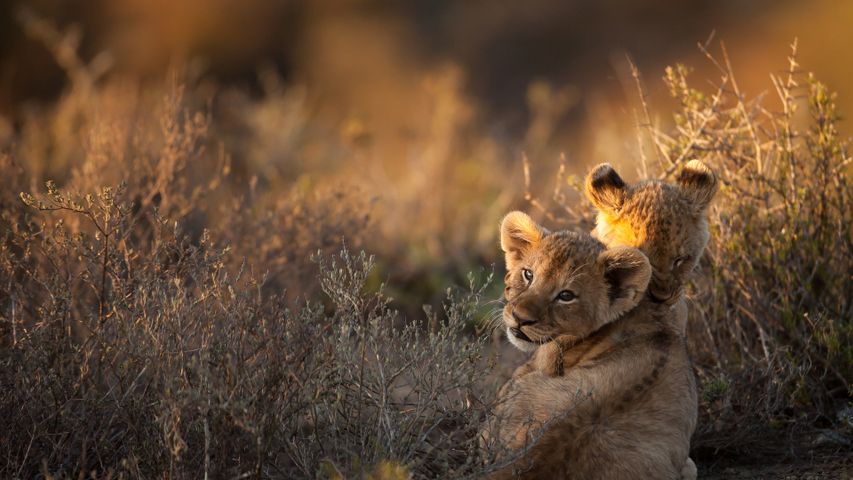

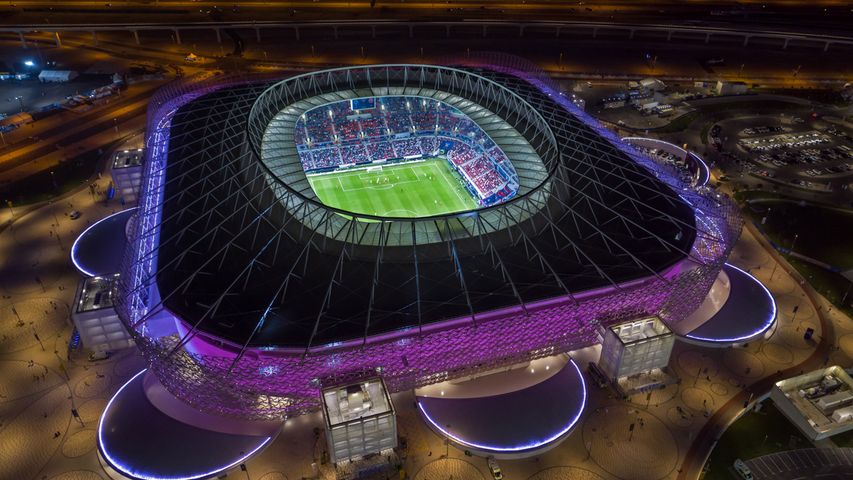
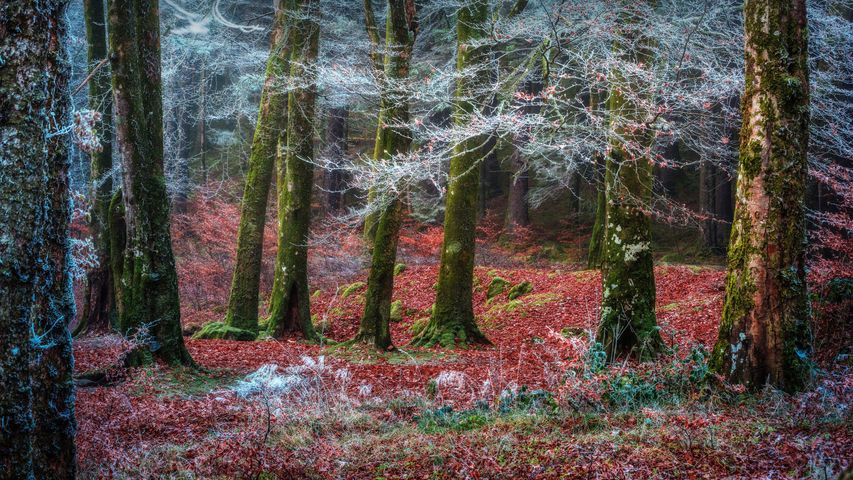
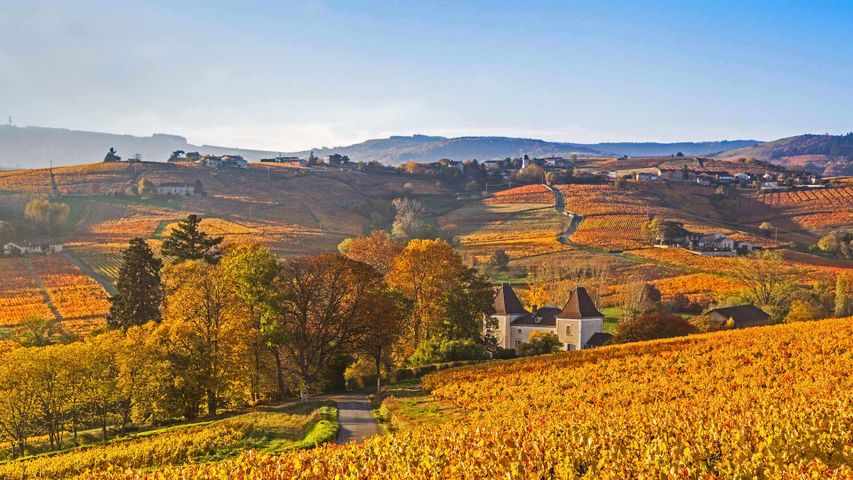
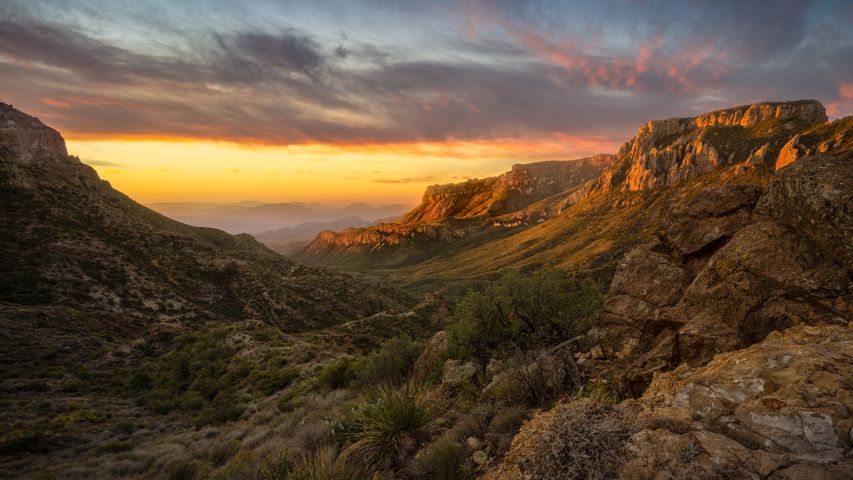 Chisos Mountains, Big Bend National Park, Texas, United States
Chisos Mountains, Big Bend National Park, Texas, United States
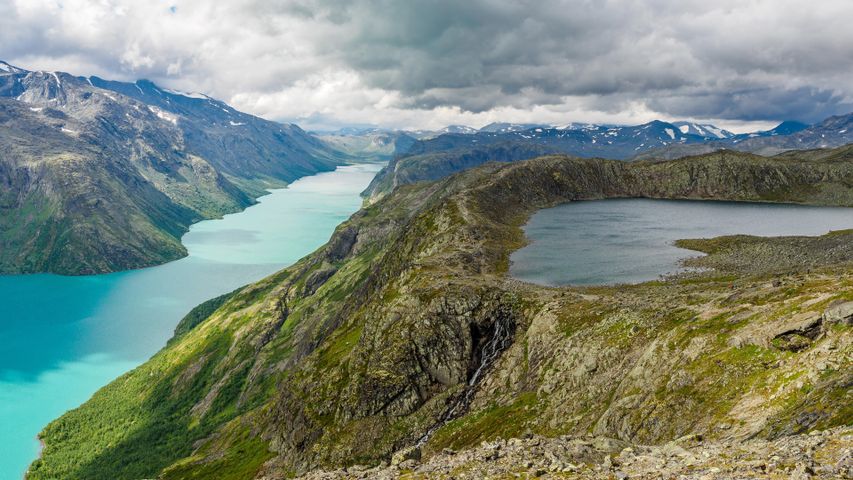 Jotunheimen National Park in Norway
Jotunheimen National Park in Norway
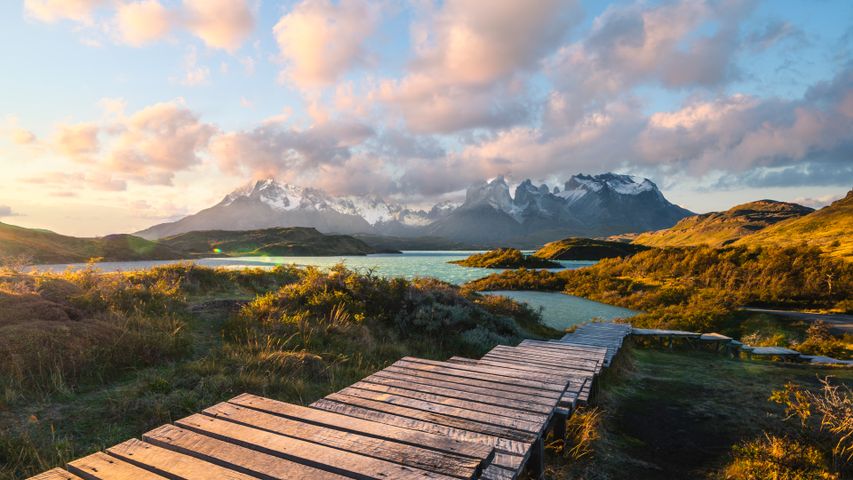 Torres del Paine National Park, Patagonia, Chile
Torres del Paine National Park, Patagonia, Chile
 Zion National Park, Utah, United States
Zion National Park, Utah, United States
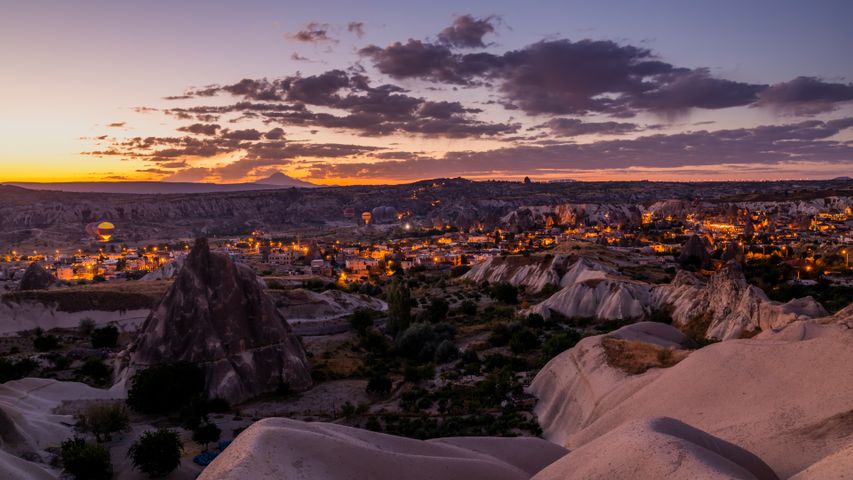 Hot air balloons over Göreme Historical National Park in Cappadocia, Türkiye
Hot air balloons over Göreme Historical National Park in Cappadocia, Türkiye
 Wat Tang Sai Temple in Ban Krut, Thailand
Wat Tang Sai Temple in Ban Krut, Thailand
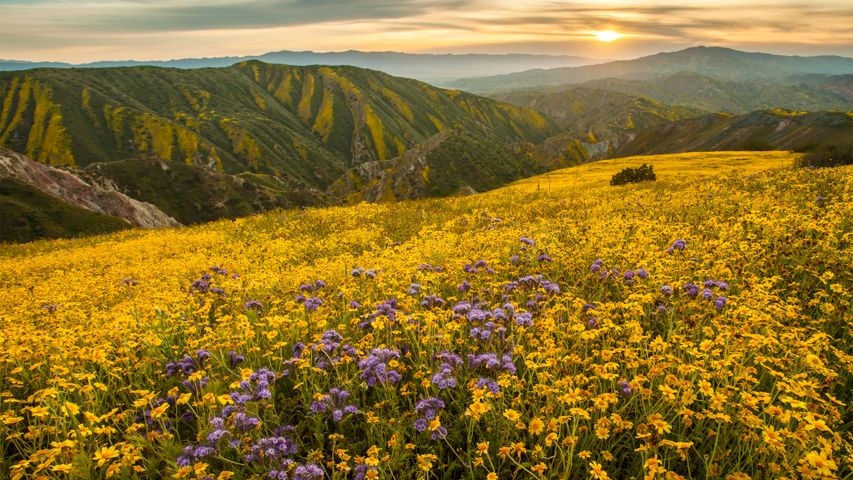 Superbloom in Carrizo Plain National Monument, California, United States
Superbloom in Carrizo Plain National Monument, California, United States
 Alstrom Point, Lake Powell, Utah, United States
Alstrom Point, Lake Powell, Utah, United States
